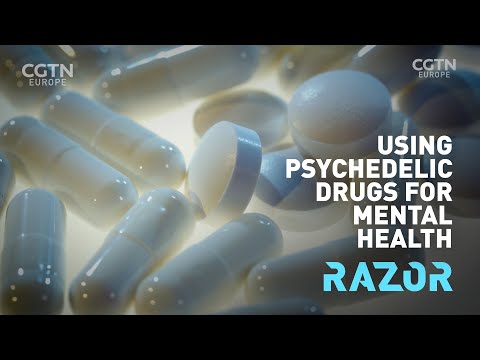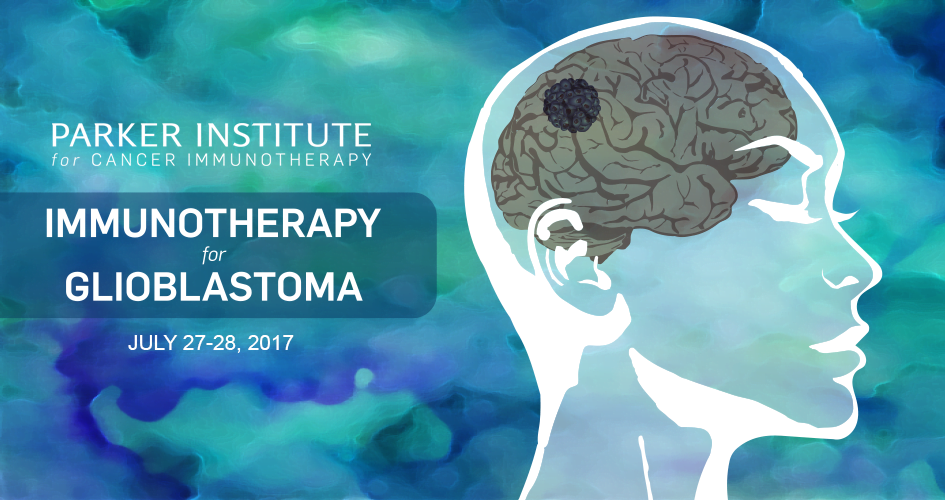Learn about the resemblance to MDMA, harm reduction tips, and legal status in Australia. The animated video series for young people explores the effects of alcohol, cannabis and MDMA on the adolescent brain. Needle and Syringe Programs provide clean needles or syringes to people who inject drugs.
92% of those who begin using ecstasy later turn to other drugs including marijuana, amphetamines, cocaine, and heroin. Other criteria for addiction include developing a tolerance to ecstasy, spending an extraordinary amount of time trying to get it, and using more of it than intended. Find out more about the criteria of diagnosing an addiction.
Once consumed, the effects of ecstasy usually take hold within twenty minutes to one hour, and can last three to six hours, with users often taking more doses to prolong the high. Ecstasy produces feelings of euphoria, empathy, and pleasure. You will experience a heightened sensitivity to sound, lights, and touch, and may also experience hallucinations. These mind-altering effects are caused by the release of neurotransmitters in the brain, especially serotonin, dopamine and norepinephrine.
Also, there is evidence that people who develop a rash that looks like acne after using this drug may be at risk of severe side effects, including liver damage, if they continue to use the drug. The drug’s rewarding effects vary with the individual taking it, the dose taken, purity of the MDMA, and the environment in which it is taken. People who regularly and heavily use it may develop an addiction to it. Research is ongoing to learn whether molly changes brain chemistry in the long term.
As long as individuals continue to take the medication according to the Buy Klonopin Online prescribed purposes of the drug and are using it for medicinal purposes, they would not be diagnosed with a substance use disorder. Ecstasy is a street name for a version of MDMA, or 3,4 methylenedioxy-methamphetamine. It is an illegal and man-made drug classified as a stimulant with potentially hallucinogenic properties.
This could mean cutting a tablet into quarters and only taking one quarter at a time — no more than every two or three hours — to see how it affects you. When talking to the dispatcher, try to not use terms such as “drugs” or “overdose.” Instead, tell them the symptoms that you can see are happening, such as seizures and not breathing. Give the dispatcher your exact location so the ambulance can get to you as quickly as possible.
Even when ecstasy is not the only drug causing dependence, it can be a piece of a multi-drug patchwork of addiction. However, to be diagnosed with a substance use disorder, a person must meet specific diagnostic criteria for continued substance use despite negative consequences. In addition to harming the body’s ability to regulate temperature, MDMA can cause other adverse effects, and the risk of these effects increases at higher doses. At very high doses, MDMA can stress the heart, damage other organs, and, in rare cases, lead to death. And taking MDMA with alcohol or other drugs can lead to poisoning and death. People with MDMA-induced euphoria who dance or exert themselves in hot or confined areas, such as at a rave, club, or dance party, are at risk of experiencing heatstroke.
Some people do report signs and symptoms of addiction. Almost 60% of people who use Ecstasy report some withdrawal symptoms, including fatigue, loss of appetite, depressed feelings, and trouble concentrating. Individuals who chronically use ecstasy and develop these issues would be diagnosed with a substance use disorder.
Researchers and addiction specialists widely consider ecstasy a hard drug. Reaching out for help from friends and family can be a great way to gain support. If you communicate your problems about ecstasy and express the desire for help, you can avoid substance use disorders. Those who use MDMA can also have nausea, sweats, or muscle cramps and can clench their teeth.
The other important consideration regarding whether ecstasy is addictive concerns the development of a formal substance use disorder as a result of ecstasy abuse. Individuals who abuse any drug and develop significant issues with functioning and controlling use of the drug are at risk to be diagnosed with a substance use disorder. If ecstasy is used in higher doses, the user may experience a risk of developing a mental health disorder such as depression and psychological distress. Long term effects may include damage to some of the body’s major organs (liver, heart, brain). Molly is the crystalline form of MDMA, a stimulant and hallucinogen that produces euphoric feelings of energy, alertness, confidence, emotional warmth, and empathy.


